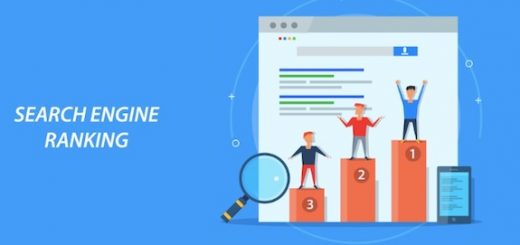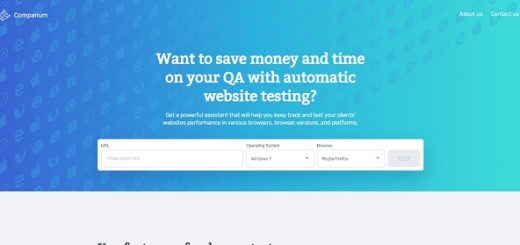Today, technology is evolving by leaps and bounds. From artificial intelligence to smart devices, technology influences every aspect of our lives. However, the rising connectivity is also opening doors to cybercrimes, identity theft, and data breaches. With high-tech tools and applications, hackers can break into systems and steal confidential data effortlessly.
Additionally, they also ask companies for ransomware, costing them millions of dollars. And in case the company refuses to pay, cybercriminals leak the data on the internet. Thus, all employee contacts, customer addresses, and business credit card information will be on the internet. In addition to putting the company’s reputation at stake, such damages are irreversible. If you don’t know much about this, have a look below.
Here we are highlighting four ways how changing technology affects cybersecurity.

1. Security Issues with Digital Data
Practically, everything is digital these days. Entrepreneurs store data on cloud servers and use accounting software to manage financials. Likewise, people have their critical contact and credit card information saved on online shopping websites. All this information is accessible by inserting passwords, but it is getting stored on a shared network. Thus, hackers can access the network and acquire valuable data, putting individuals and companies at risk.
Everyone has to adopt sophisticated security measures to protect information on the digital servers. Individuals can use virtual private networks (VPN) to avoid sharing data on open networks. Similarly, companies can invest in cybersecurity personnel to overcome these threats. If hiring them seems costly, owners can step into the cybersecurity world themselves. They can complete a masters in cyber security online to strengthen the company’s information technology infrastructure.
2. Spear Phishing
Previously, hackers used to send phishing emails. But as more people have become aware of those attacks, they are using spear-phishing scams. The motive behind spear campaigns is to seek monetary gains from the companies. Hence, criminals look for business secrets, financial data, and private information. They target the company’s employees by disguising the email address to look like someone from within the organization.
For instance, an accountant might receive an email from the finance manager asking to send the forecasted budgets. As a result, employees fall for it and provide all confidential information to the hackers. It is a substantial cybersecurity risk since hackers can disguise themselves as anyone to acquire information illegally.
3. The Rise of Botnets
Botnets have always been famous for spreading the virus and spams through emails. Now, with emerging tech tools, they use advanced botnets to capture personal information. They can steal a person’s name, age, card information, addresses, and passwords. In addition to stealing people’s identities, they sell this information on the dark web and other illegal websites.
Besides this, the hackers can target entire organization’s systems with botnets. They can take down the network, purge data, leaving the business on the verge of bankruptcy. The only way to prevent botnets from accessing the system is to have robust cybersecurity measures in place.
4. Social Media Breaches
Most people have a habit of sharing a lot of information on social media sites. They check-in to different locations and add their contact information without acknowledging the potential cyber threats. Surprisingly, social media sites give hackers access to your personal information and exact whereabouts. The indicator that you are not at home can put your safety and valuables at risk.
Moreover, cybercriminals increasingly use social media to engage in an identity theft scheme. They send discount offers and free vacation packages to people, provoking them to click on the given link. In turn, people download malicious codes and software into their devices that reveal all passwords. Experienced hackers can later use that information to access your bank account details and email account.
How Technology Protects Businesses in the Connected World?
Although technology has made everyone vulnerable to cyber threats, it also offers solutions to protect data and prevent these attacks. It provides vital tools to survive in the cyber ecosystem that helps companies navigate more progressively in the cyber landscape. Here are some of the cutting-edge technologies.
# Big Data: Big data can store tons of data to help cybersecurity analysts recognize anomalies in the network. They use real-time analytics and predictive modeling to predict vulnerabilities in the system and implement preventive measures.
# Artificial Intelligence (AI): Lately, AI has become the central focus of cybersecurity as a solution. The AI-enabled natural language processing (NLP) systems can collect data by scanning articles and news on cyber threats. It provides valuable insights, unfolding the pattern of cyberattacks and mitigation strategies. Likewise, the AI devices can track uneven patterns in the company’s system and alert the IT department for malicious activity beforehand.
# Blockchain: Blockchain technology can prevent a variety of identity thefts, data breaches, and treason in transactions as it’s a centralized ledger. It safeguards Edge Computing with two-factor authentication and cutting-edge data integrity. Similarly, it offers protected messaging across shared networks, ensuring hackers do not steal information.
Final Thoughts
The rising number of cyberattacks, data breaches, spear scams, and botnets have put the digital infrastructure at risk. For individuals and businesses to protect their information, they have to implement innovative solutions to combat these forces. They can invest in cybersecurity, install competent firewalls across the systems, and use anti-malware techniques. Having a solid IT infrastructure and preventive measures against cyber threats can reduce exposure to cyberattacks.




